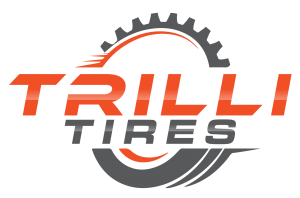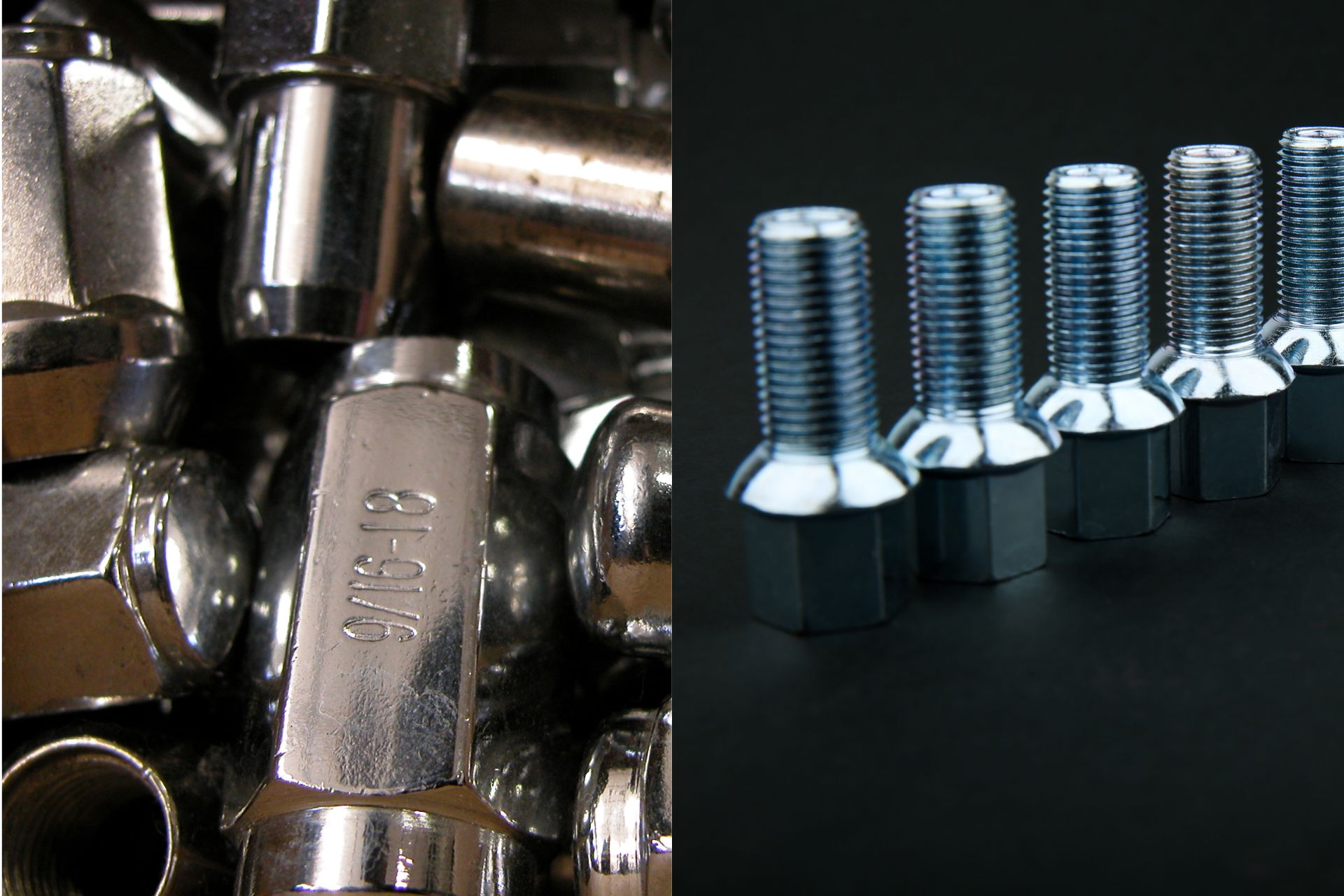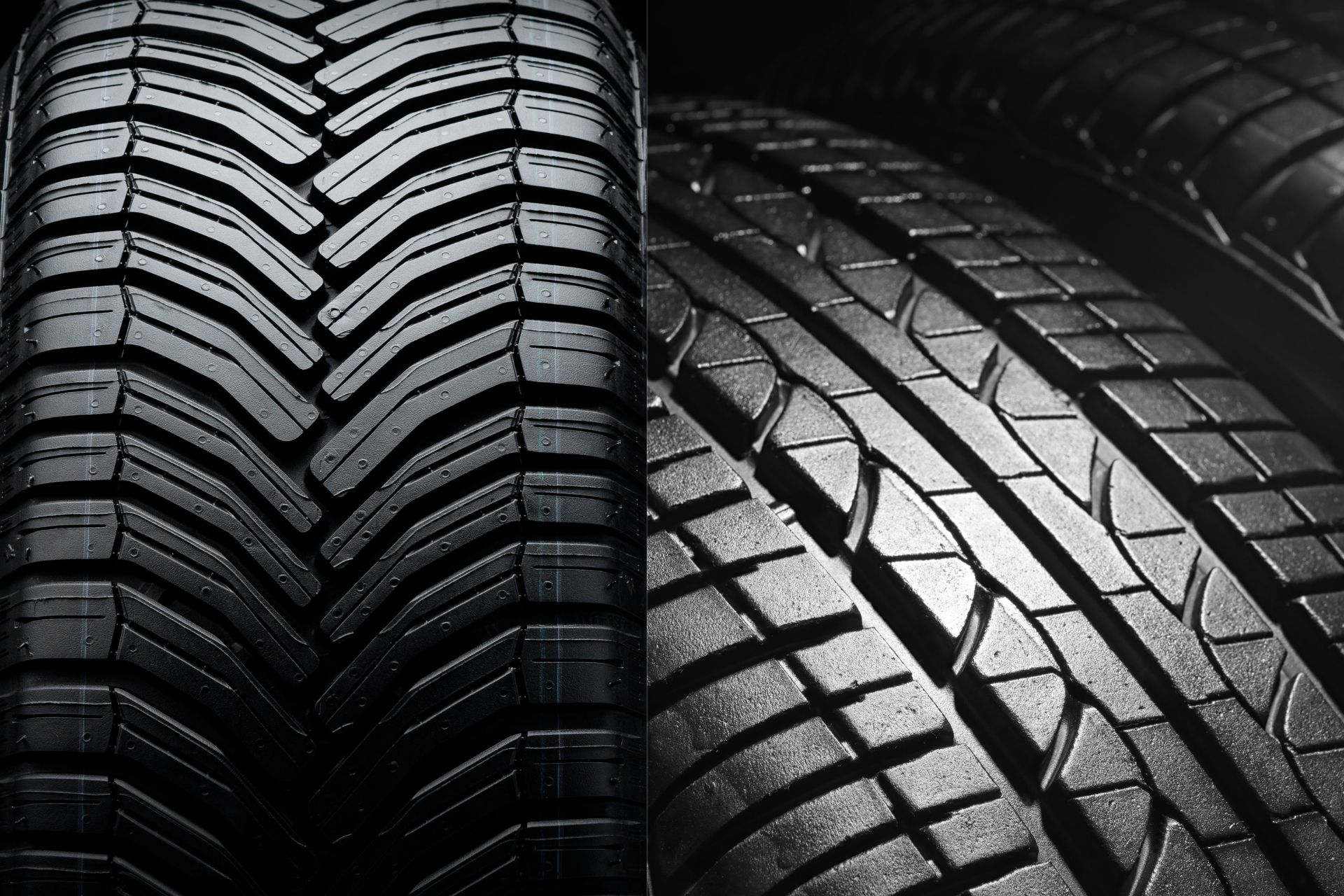The engine is the heart of any vehicle, powering it forward and determining much of its performance, efficiency, and capabilities. Over the years, automotive engineering has evolved significantly, leading to the development of a variety of engine types to suit different needs, driving styles, and environmental considerations. In this article, we’ll explore the most common types of engines found in cars today, how they work, and what makes each unique.
Inline Engines (I Engines)
One of the most widely used engine configurations, inline engines feature all their cylinders arranged in a single straight line, typically mounted vertically. This design is favoured for its simplicity, cost-effectiveness, and compact structure, which fits easily into most engine bays. Key characteristics include common use in small to mid-sized vehicles, ease of maintenance, and availability in 3-, 4-, and 6-cylinder variants. They provide a good balance of performance and fuel efficiency, making them ideal for daily commuter cars.
V Engines (V6, V8, V10)
V engines have cylinders arranged in two banks forming a “V” shape. These engines are more compact when more cylinders are involved and are known for greater power output. V6 and V8 are the most common and are found in performance cars, trucks, and SUVs. They offer higher torque and horsepower than inline engines with similar cylinder counts, making them suitable for vehicles that require more pulling power or acceleration.
Flat or Boxer Engines
Boxer engines lay their cylinders flat and opposite each other. This layout results in a lower center of gravity, improving stability and handling. Found in brands like Subaru and Porsche, boxer engines are naturally balanced due to the opposing piston movement. They are compact in height but wider than other engine types, offering smooth and quiet operation with enhanced driving dynamics.
Rotary (Wankel) Engines
Rotary engines operate using a triangular rotor instead of pistons. These engines are compact, lightweight, and capable of reaching high RPMs. Mazda is best known for using rotary engines in its RX series. Though they offer a high power-to-weight ratio and a unique driving experience, they require more frequent maintenance and have lower fuel efficiency and higher emissions compared to traditional engines.
Turbocharged and Supercharged Engines
Turbochargers and superchargers are forced induction systems that increase an engine’s power output. Turbocharged engines use exhaust gases to spin a turbine, compressing air into the combustion chamber. Supercharged engines use a belt-driven compressor for instant power. Turbos improve fuel economy and performance but may have some lag, while superchargers deliver immediate power but are less fuel-efficient. These enhancements are often used in performance-oriented vehicles.
Hybrid Engines
Hybrid engines combine an internal combustion engine with one or more electric motors to improve fuel efficiency and reduce emissions. These engines use both gasoline and electricity as power sources, often switching between the two or using them simultaneously. They’re ideal for city driving, where regenerative braking helps recharge the battery. Vehicles like the Toyota Prius and Ford Escape Hybrid demonstrate how hybrid systems save fuel without compromising on practicality.
Electric Motors (EVs)
Electric motors, although not traditional engines, have become central to modern automotive design. Powered by electricity stored in large battery packs, they produce zero emissions during use and offer instant torque for smooth acceleration. EVs require less maintenance due to fewer moving parts. The main limitations are battery range and charging infrastructure, but advances in technology are quickly improving these aspects. Tesla, Hyundai, and Ford are among the many automakers leading the EV shift.
Diesel Engines
Diesel engines use compression ignition instead of spark plugs, offering high torque and fuel efficiency. Common in commercial vehicles and trucks, diesel engines are built for durability and long-distance performance. They are noisier and heavier than gasoline engines, and new emissions regulations have made them less popular for passenger cars in some regions. However, they remain a reliable choice for those who need towing power or fuel economy over long trips.
Naturally Aspirated Engines
Naturally aspirated engines rely solely on atmospheric pressure to draw air into the combustion chamber, without the aid of a turbocharger or supercharger. These engines are straightforward in design, offering smooth throttle response and fewer components that could fail. While they lack the raw power of forced induction engines, they are often easier to maintain and more predictable in their performance. They remain a good choice for drivers who value reliability and simplicity.
Choosing the Right Engine for Your Needs
The ideal engine type depends on your specific driving habits and preferences. For fuel efficiency, consider a small inline engine, hybrid, or diesel. For more power and sporty performance, a V6, V8, or turbocharged engine may be better. For unique driving dynamics, a boxer or rotary engine offers something different. And for eco-conscious drivers, electric and hybrid engines provide cleaner alternatives without sacrificing usability.
Final Thoughts
With so many options available, understanding the various types of engines can help you make a more informed choice when it comes to purchasing or maintaining your vehicle. Whether you prioritize efficiency, performance, or innovation, there’s a car engine out there that fits your lifestyle and driving needs.
Keep Your Engine Performing at Its Best
No matter what powers your vehicle, it needs the right care. For expert maintenance and reliable service, trust TrilliTires in Richmond Hill to keep your engine running at its best, every mile of the way. Contact us today!





